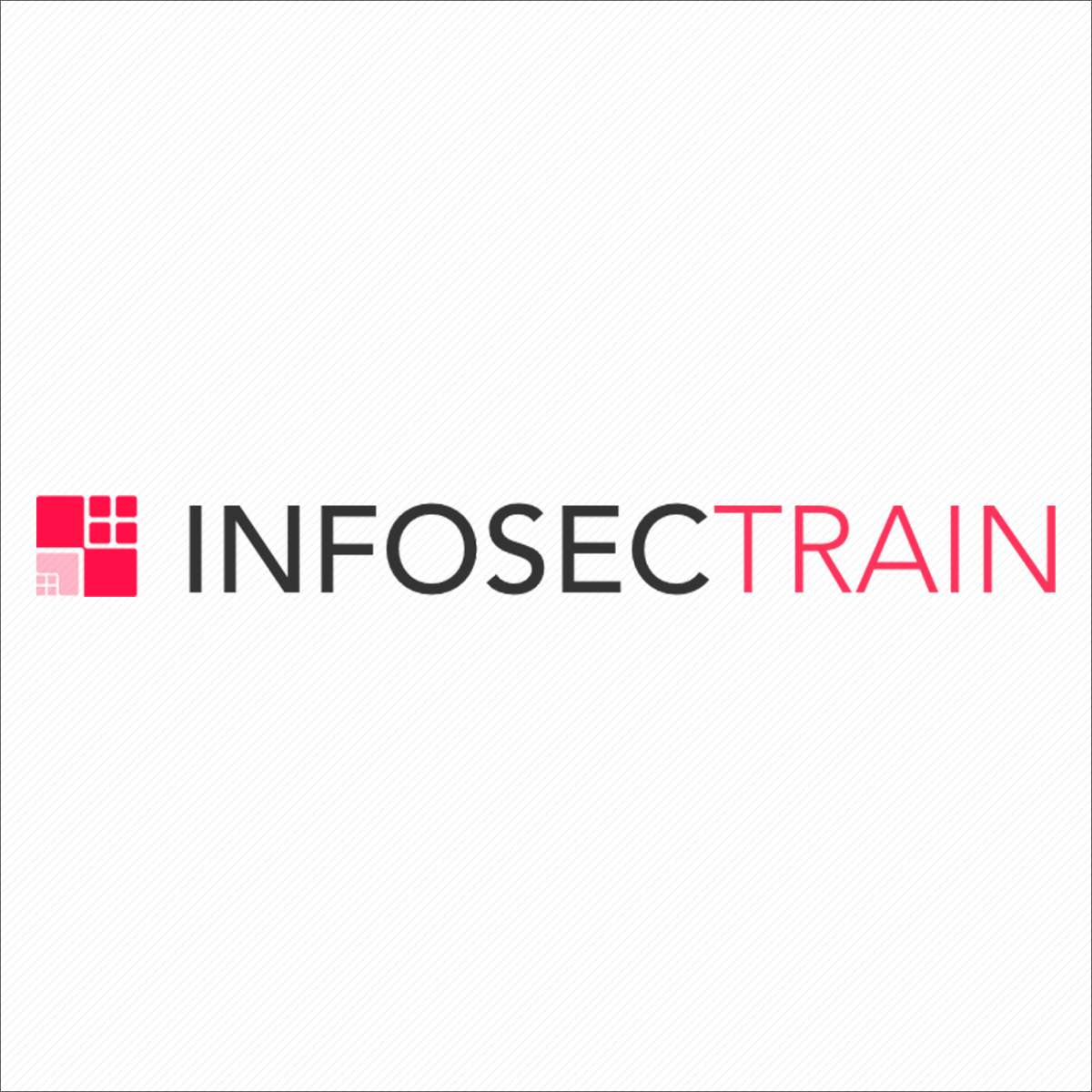
Infoectrainsunny
Uploaded on Mar 27, 2024
Category
Education
Enterprise Risk Management (ERM) is a comprehensive approach to assessing risk within a business, emphasizing its overarching impact on operations. ERM aims to thoroughly grasp, scrutinize, and address risks across all facets of an organization. By understanding and mitigating risks holistically, ERM enhances the resilience and adaptability of businesses to potential threats, fostering sustainable growth and stability.
Category
Education
What is ENTERPRISE RISK MANAGEMENT
ENTERPRISE RISK
MANAGEMENT
#LearnToRise
www.infosectrain.com
WHAT IS
ENTERPRISE RISK
MANAGEMENT?
Enterprise Risk Management (ERM) is a holistic and
structured approach that seamlessly integrates risk
management into an organization's overall strategic
planning and decision-making processes. It enables
organizations to effectively recognize, assess, priori-
tize, and address risks that can impact their ability to
accomplish their intended goals.
#LearnToRise
www.infosectrain.com
COMPONENTS OF
ENTERPRISE RISK
MANAGEMENT
INTERNAL ENVIRONMENT:
Establishes the organizational culture and
governance structure
Defines risk tolerance and commitment to
ERM
#LearnToRise
www.infosectrain.com
OBJECTIVE SETTING:
Defines the organization's strategic and operational
goals
Ensures risk management aligns with and supports
these objectives
RISK IDENTIFICATION:
Involves assessing internal and external factors
influencing risk
Identifies potential risks and opportunities,
encompassing operational, financial, strategic, and
compliance risks
#LearnToRise
www.infosectrain.com
RISK ASSESSMENT:
Quantifies and qualifies identified risks based on
impact and likelihood
Helps prioritize risks for further attention and
mitigation
RISK PRIORITIZATION:
Ranks risk based on their significance, allowing focus
on high-priority areas
Facilitates resource allocation for risk management
efforts
#LearnToRise
www.infosectrain.com
RISK MITIGATION:
Develops strategies to mitigate, transfer, or accept
risks
Reduce the impact and likelihood of adverse
events
CONTROL ACTIVITIES:
Implements controls and policies to manage risks
effectively
Includes checks and balances to prevent or detect
undesirable events
#LearnToRise
www.infosectrain.com
RISK GOVERNANCE:
Defines the roles and responsibilities of individuals
and committees in overseeing ERM
Ensures accountability and compliance with risk
management policies and procedures
MONITORING AND REPORTING:
Continuously assesses risk management processes
and outcomes
Regularly reports on risk exposure and mitigation
efforts
#LearnToRise
www.infosectrain.com
INFORMATION & COMMUNICATION:
Ensures timely and relevant information flows
throughout the organization
Facilitates effective risk reporting and decision
making
#LearnToRise
www.infosectrain.com
COMPONENTS OF
ENTERPRISE RISK
MANAGEMENT
Helps to identify and address security risks,
reducing the chance of incidents
Enhanced resilience to withstand and recover from
challenges and disruptions
Enhanced decision-making based on risk
insights
#LearnToRise
www.infosectrain.com
Ability to seize opportunities and adapt to change
effectively
Enhanced reputation through proactive risk
management
Safeguards the organization's sustainability and
success
Reduced financial impact of adverse events
Increased trust from investors, customers, and
regulators
Supports regulatory compliance and strengthens
governance
#LearnToRise
FOUND THIS USEFUL?
To Get More Insights Through Our FREE
Courses | Workshops | eBooks | Checklists | Mock Tests
LIKE SHARE FOLLOW

Comments